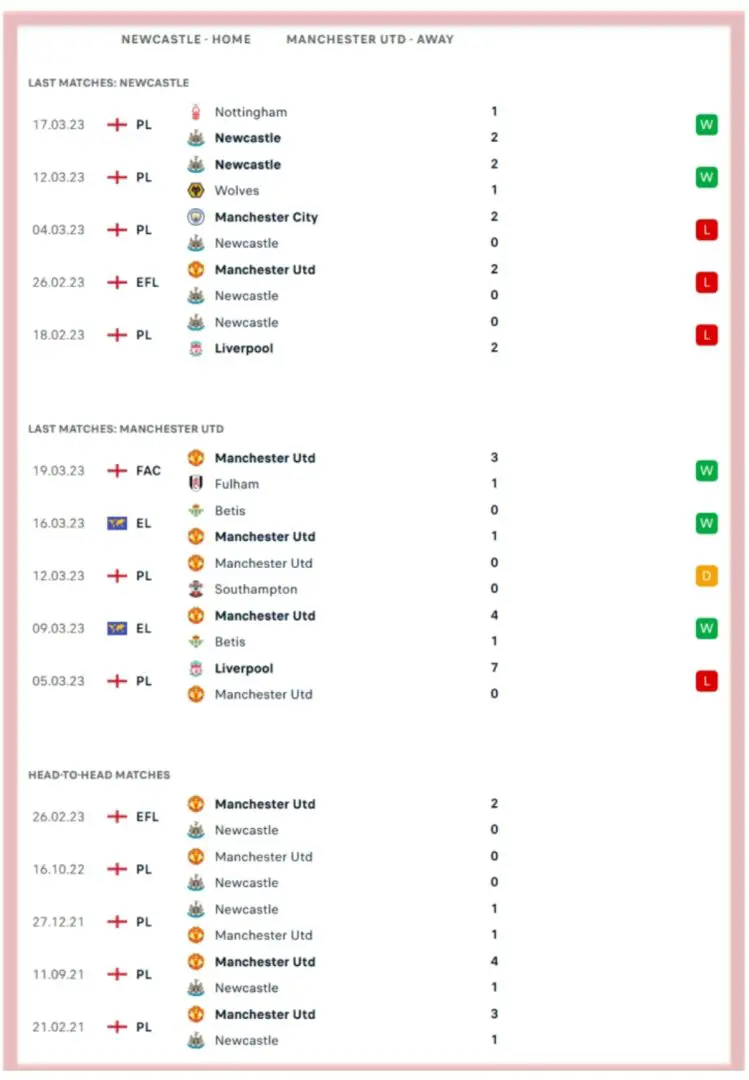Strengthening Cross-Border Cooperation To Combat Crime

Table of Contents
Improved Information Sharing and Intelligence Gathering
Real-time information exchange is the cornerstone of effective cross-border cooperation in crime prevention. Sharing crucial data – suspect movements, financial transactions, communication intercepts – allows law enforcement agencies to build comprehensive investigations and disrupt criminal activities before they escalate. However, significant challenges exist. Differing legal frameworks regarding data privacy, language barriers, and a lack of standardized data formats often hinder seamless information flow.
To overcome these hurdles, we need:
- Secure Data Sharing Platforms: Establishing encrypted, secure platforms dedicated to cross-border intelligence sharing is crucial. These platforms must adhere to strict data privacy regulations and provide auditable trails for transparency and accountability.
- Standardized Data Formats: Adopting universal data formats and terminology for criminal intelligence significantly improves interoperability and reduces the time spent on data translation and interpretation.
- Multilingual Training for Law Enforcement: Investing in multilingual training for law enforcement personnel strengthens communication and facilitates smoother collaboration across linguistic barriers.
Bullet Points:
- Develop secure, encrypted communication channels utilizing advanced encryption protocols.
- Implement joint intelligence units with representatives from multiple countries, fostering collaborative analysis and strategy development.
- Standardize data formats and terminology, employing internationally recognized standards and controlled vocabularies.
Enhanced Joint Law Enforcement Operations
Coordinated investigations and joint law enforcement operations significantly enhance the effectiveness of transnational crime prevention. Successful cross-border operations, such as coordinated drug trafficking busts targeting international smuggling routes or multinational efforts to rescue victims of human trafficking, demonstrate the power of collaborative action.
However, logistical challenges remain:
- Jurisdictional Issues: Navigating differing legal systems and jurisdictions requires streamlined processes for coordinating arrests, evidence gathering, and prosecutions across borders.
- Coordination Challenges: Effectively coordinating arrests and operations across multiple countries necessitates clear communication protocols, shared strategies, and efficient information exchange.
Solutions include:
- Dedicated Joint Task Forces: Establishing dedicated joint task forces with clearly defined mandates, dedicated funding, and personnel from multiple participating nations provides a focused, coordinated approach.
- Streamlined Extradition Processes: Simplifying and expediting extradition treaties and procedures ensures swift transfer of suspects, preventing delays that allow criminals to escape justice.
- Regular Joint Training Exercises: Conducting regular joint training exercises simulates real-world scenarios, enhances interoperability, and fosters trust and communication among international law enforcement agencies.
Bullet Points:
- Establish joint task forces with dedicated funding and personnel drawn from participating nations.
- Develop streamlined extradition treaties to expedite the legal process and reduce bureaucratic hurdles.
- Conduct regular joint training exercises to enhance interoperability and build strong working relationships.
Strengthening Legal Frameworks and International Agreements
Harmonized legal frameworks are essential for effective international crime fighting. International treaties and conventions, such as the UN Convention against Transnational Organized Crime, provide a foundation for cooperation, but challenges persist due to differing legal systems and varying levels of commitment from participating nations.
Addressing these challenges requires:
- Model Legislation: Developing model legislation that can be adapted by individual nations provides a basis for consistent legal approaches to transnational crime.
- Strengthened Judicial Cooperation: Enhancing mechanisms for judicial cooperation, including mutual legal assistance, facilitates the sharing of evidence and the prosecution of criminals regardless of their location.
Bullet Points:
- Develop and promote universally accepted definitions of key crimes, ensuring consistent interpretation and enforcement across jurisdictions.
- Strengthen mutual legal assistance treaties to facilitate the swift and efficient sharing of evidence across borders.
- Establish international courts or tribunals to prosecute transnational criminals, addressing jurisdictional challenges.
The Role of Technology in Cross-Border Crime Fighting
Technology plays a crucial role in enhancing cross-border cooperation. Advanced data analytics tools can identify crime patterns and predict future threats, while biometric identification systems can assist in tracking and identifying criminals. However, ethical concerns and potential misuse must be carefully addressed.
Responsible implementation requires:
- Data Protection Frameworks: Robust data protection frameworks are essential to prevent privacy violations and ensure the ethical use of sensitive information.
- Ethical Guidelines: Clear ethical guidelines for the use of advanced technologies, such as facial recognition and predictive policing, are crucial to prevent bias and misuse.
- Transparent Oversight Mechanisms: Transparent oversight mechanisms are needed to ensure accountability and prevent the abuse of powerful technologies.
Bullet Points:
- Invest in advanced data analytics tools to identify crime patterns and predict future threats.
- Develop secure biometric databases for identification and tracking of criminals, adhering to stringent privacy regulations.
- Establish clear ethical guidelines for the use of facial recognition and other surveillance technologies, including rigorous testing for bias and fairness.
Conclusion: A Collaborative Future for Cross-Border Crime Prevention
Strengthening cross-border cooperation requires a multifaceted approach encompassing improved information sharing, enhanced joint law enforcement operations, strengthened legal frameworks, and the responsible use of technology. Combating transnational crime effectively demands a concerted, collaborative effort from nations worldwide. The urgency of this challenge cannot be overstated.
We urge readers to learn more about initiatives promoting cross-border cooperation, support relevant organizations working to combat transnational crime, and advocate for stronger international agreements to strengthen transnational crime prevention and international crime fighting. Together, we can build a more secure and just world by fostering effective collaboration in the fight against transnational crime.

Featured Posts
-
 Dodgers Defeat Cubs 3 0 Yamamotos 6 Inning Masterclass And Edmans 3 Run Homer
May 13, 2025
Dodgers Defeat Cubs 3 0 Yamamotos 6 Inning Masterclass And Edmans 3 Run Homer
May 13, 2025 -
 Megan Thee Stallion Verdict Prediction Tory Lanez And 50 Cents Comments
May 13, 2025
Megan Thee Stallion Verdict Prediction Tory Lanez And 50 Cents Comments
May 13, 2025 -
 Newcastle United Fans Championship Play Off Predictions
May 13, 2025
Newcastle United Fans Championship Play Off Predictions
May 13, 2025 -
 Eva Longoria 50 Evesen Is Csodalatos Formaban
May 13, 2025
Eva Longoria 50 Evesen Is Csodalatos Formaban
May 13, 2025 -
 Colin Jost And Scarlett Johanssons Income Discrepancy Public Reaction And Analysis
May 13, 2025
Colin Jost And Scarlett Johanssons Income Discrepancy Public Reaction And Analysis
May 13, 2025
